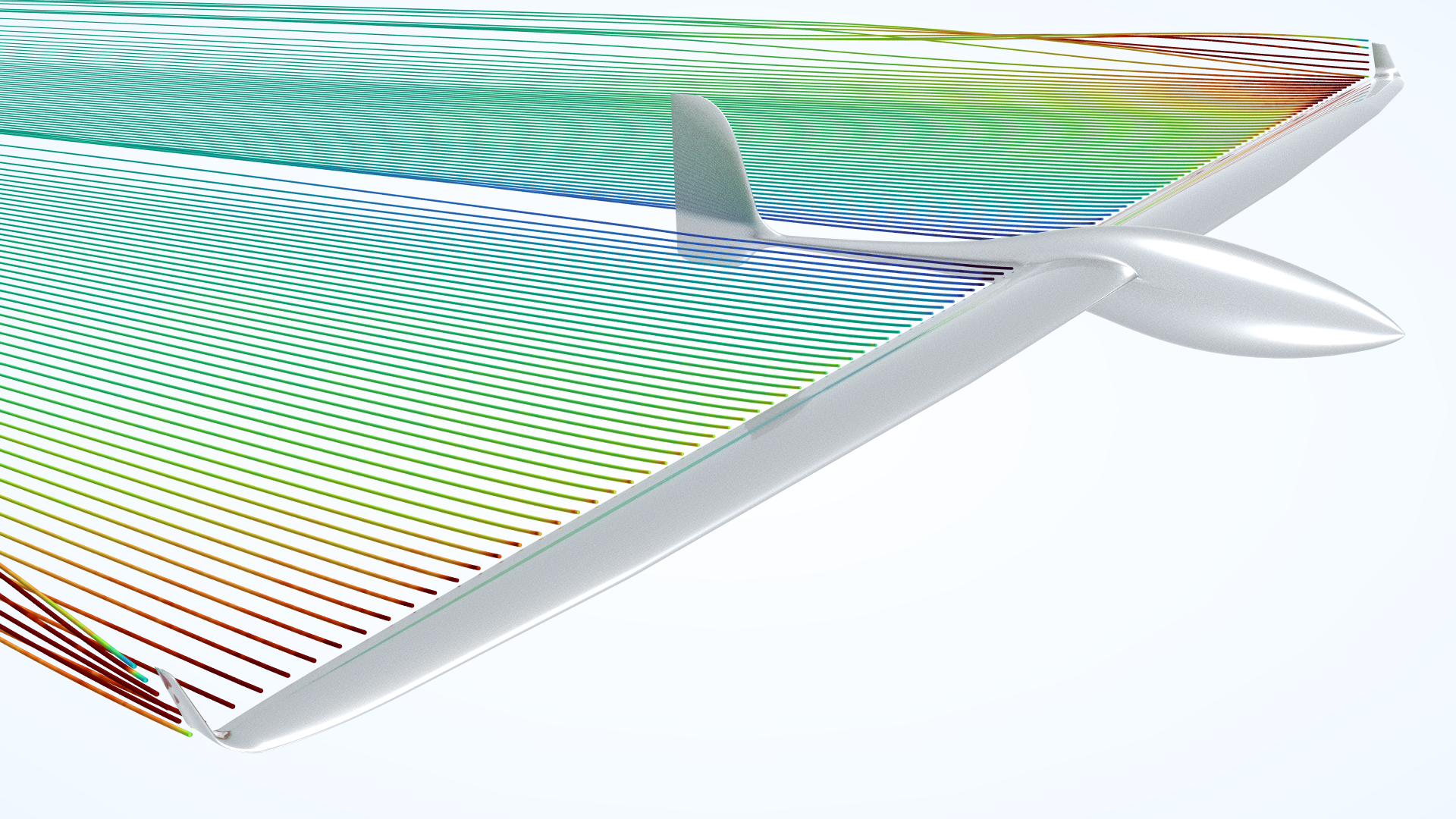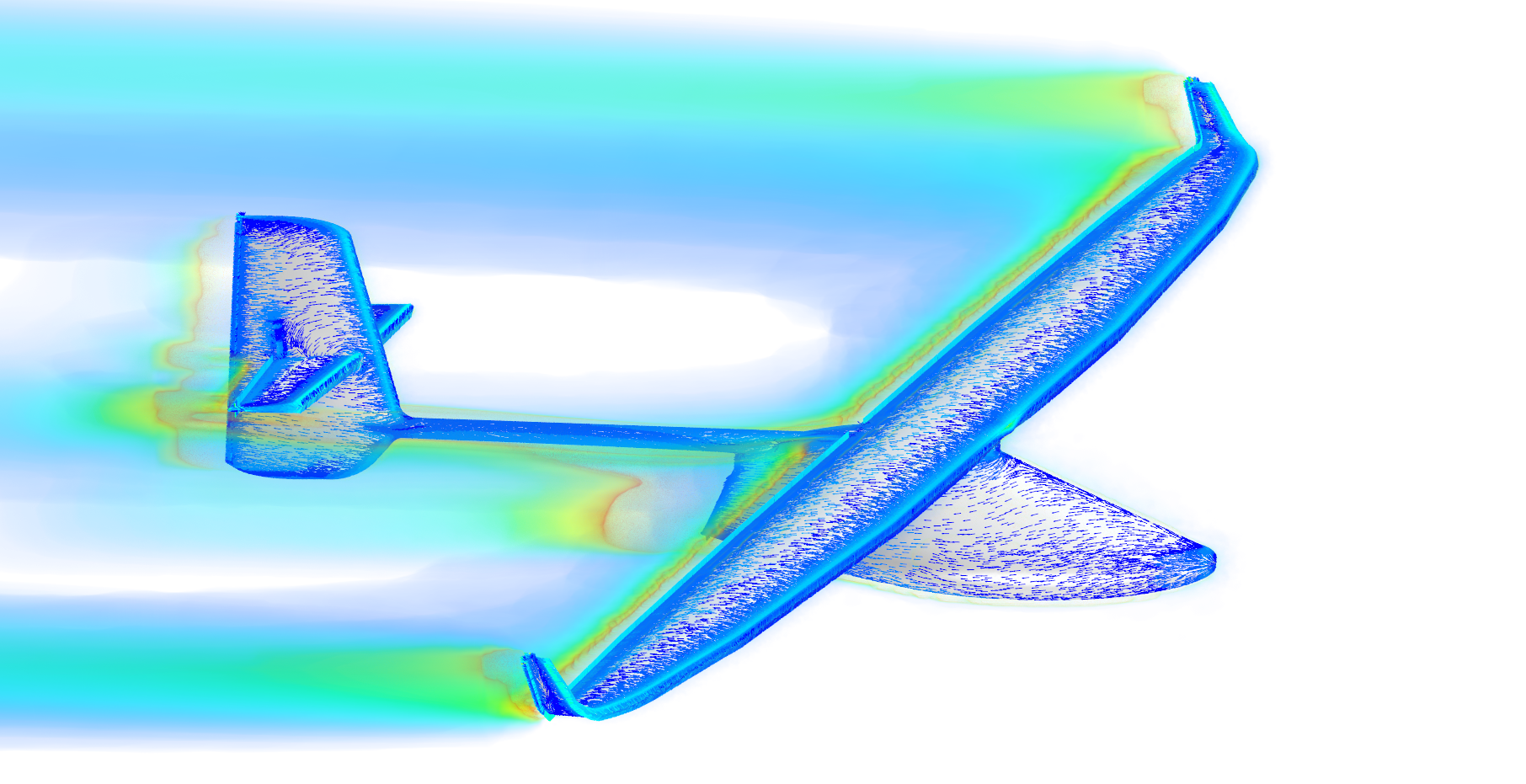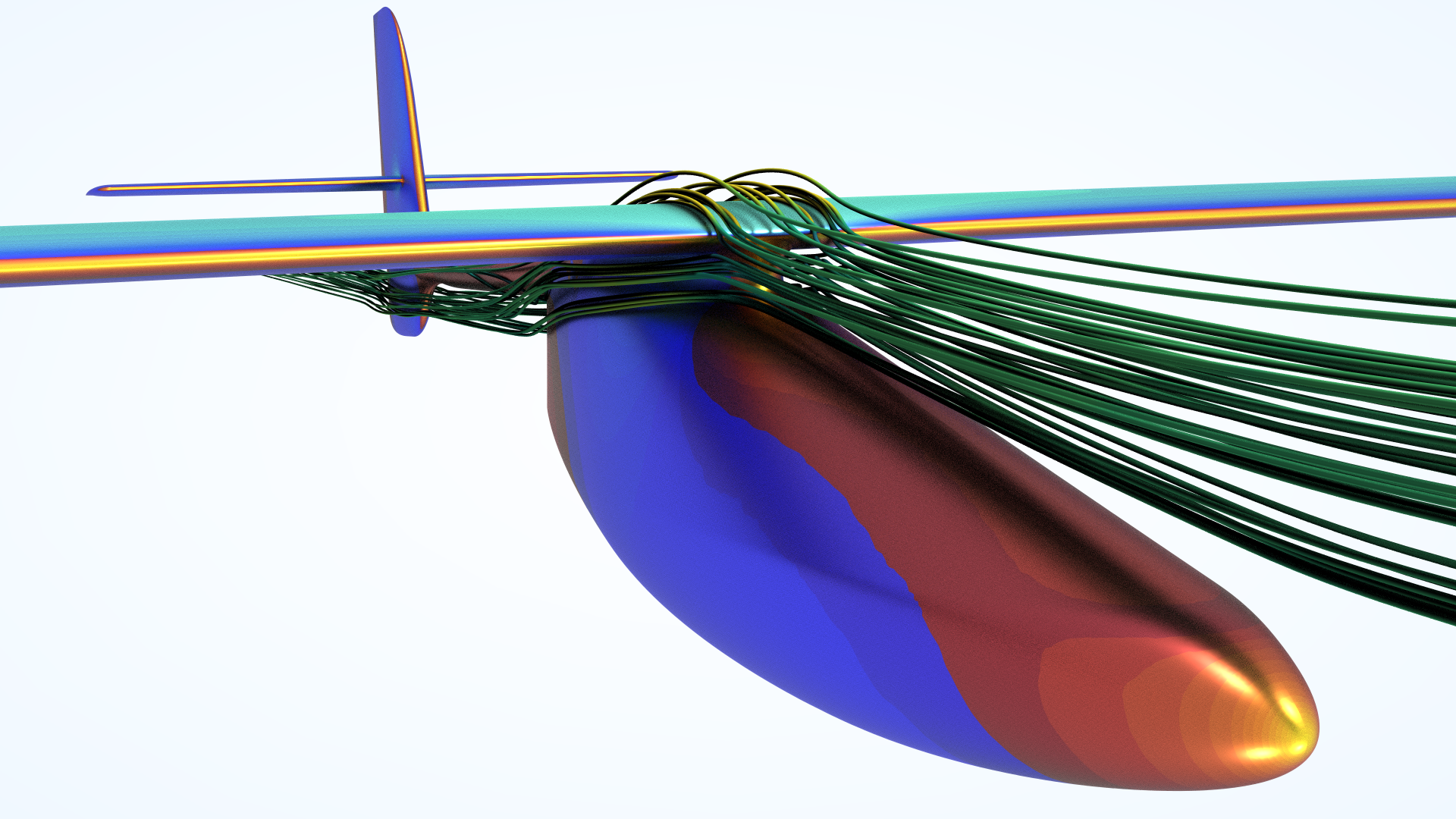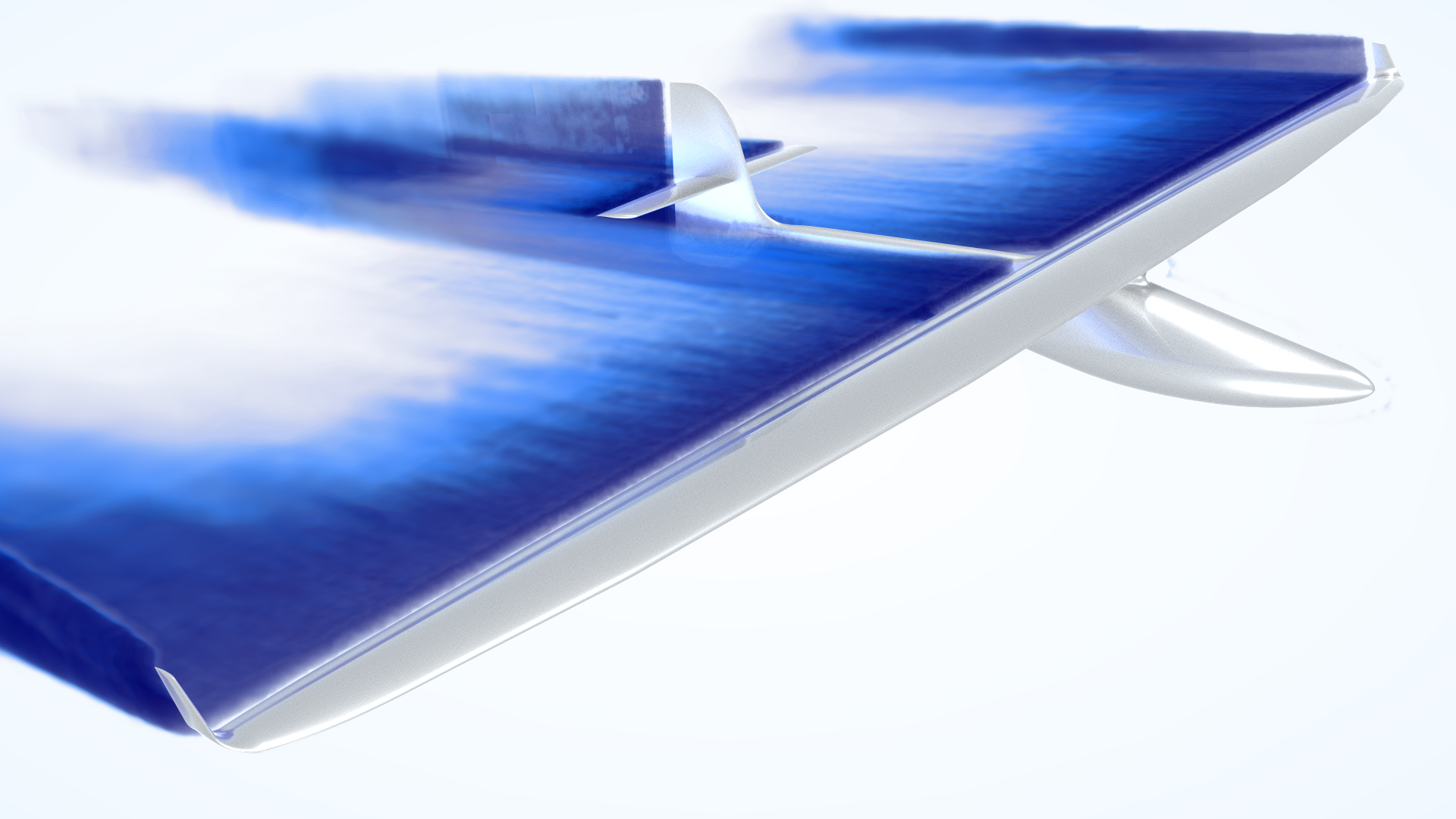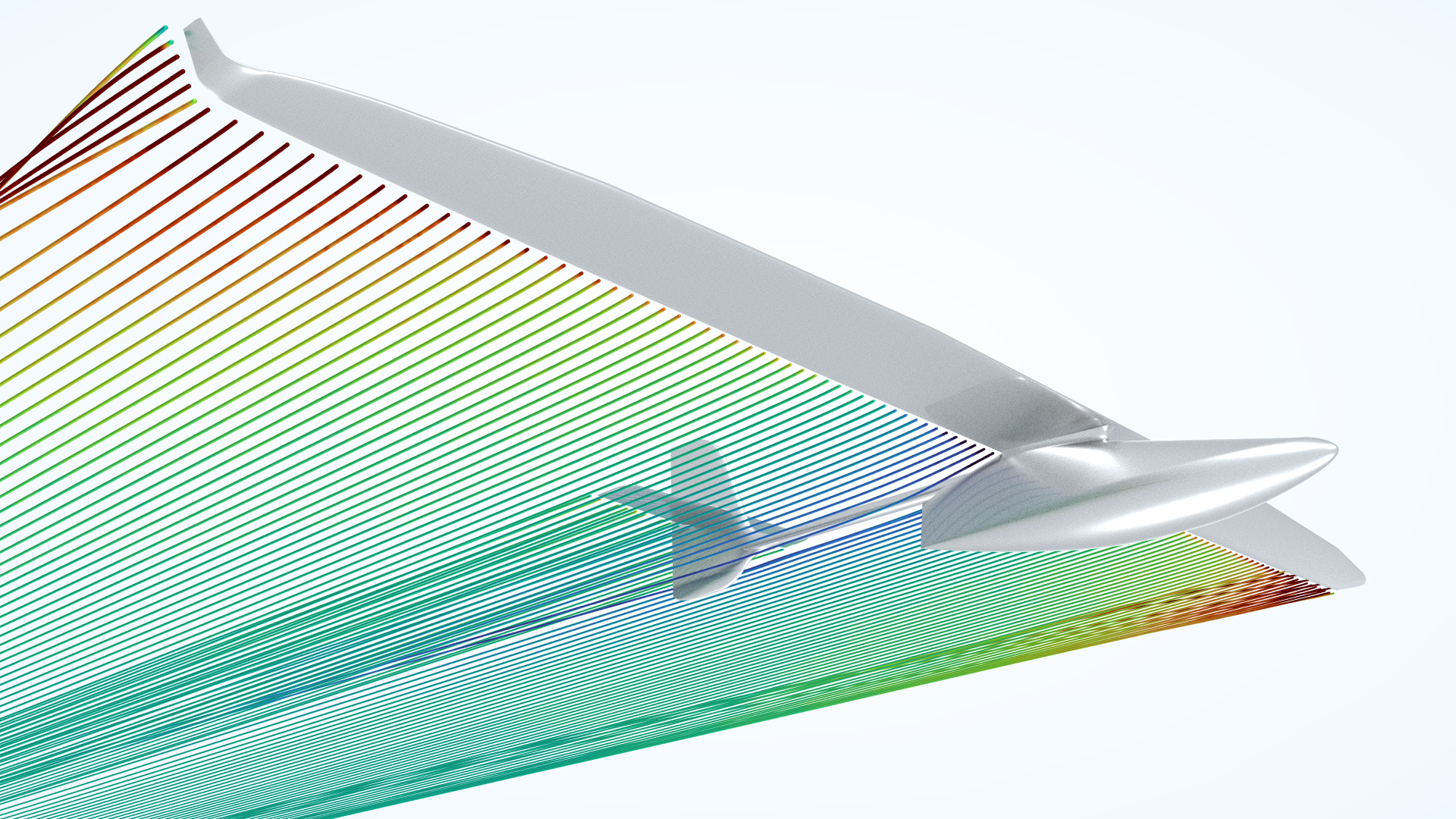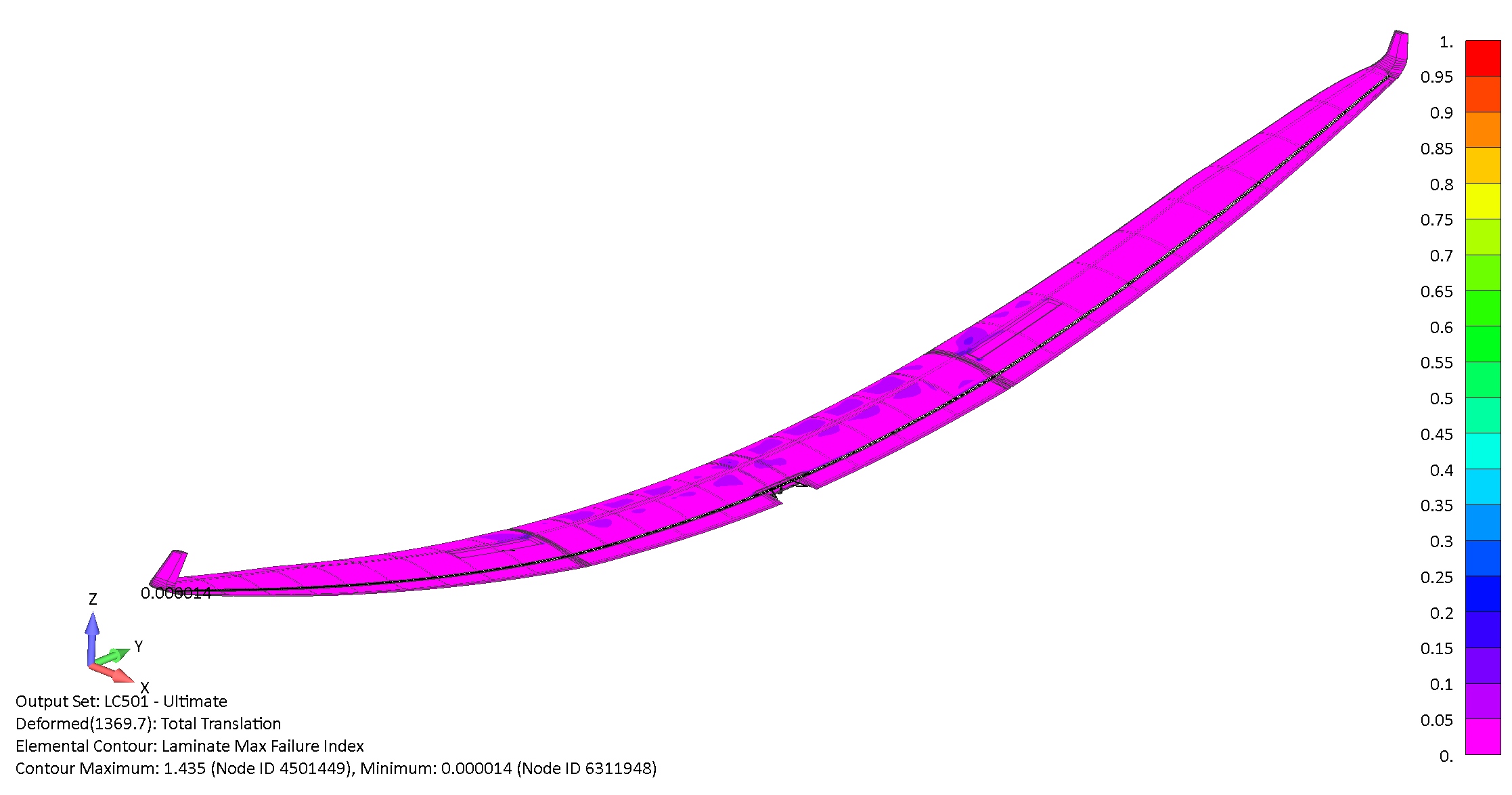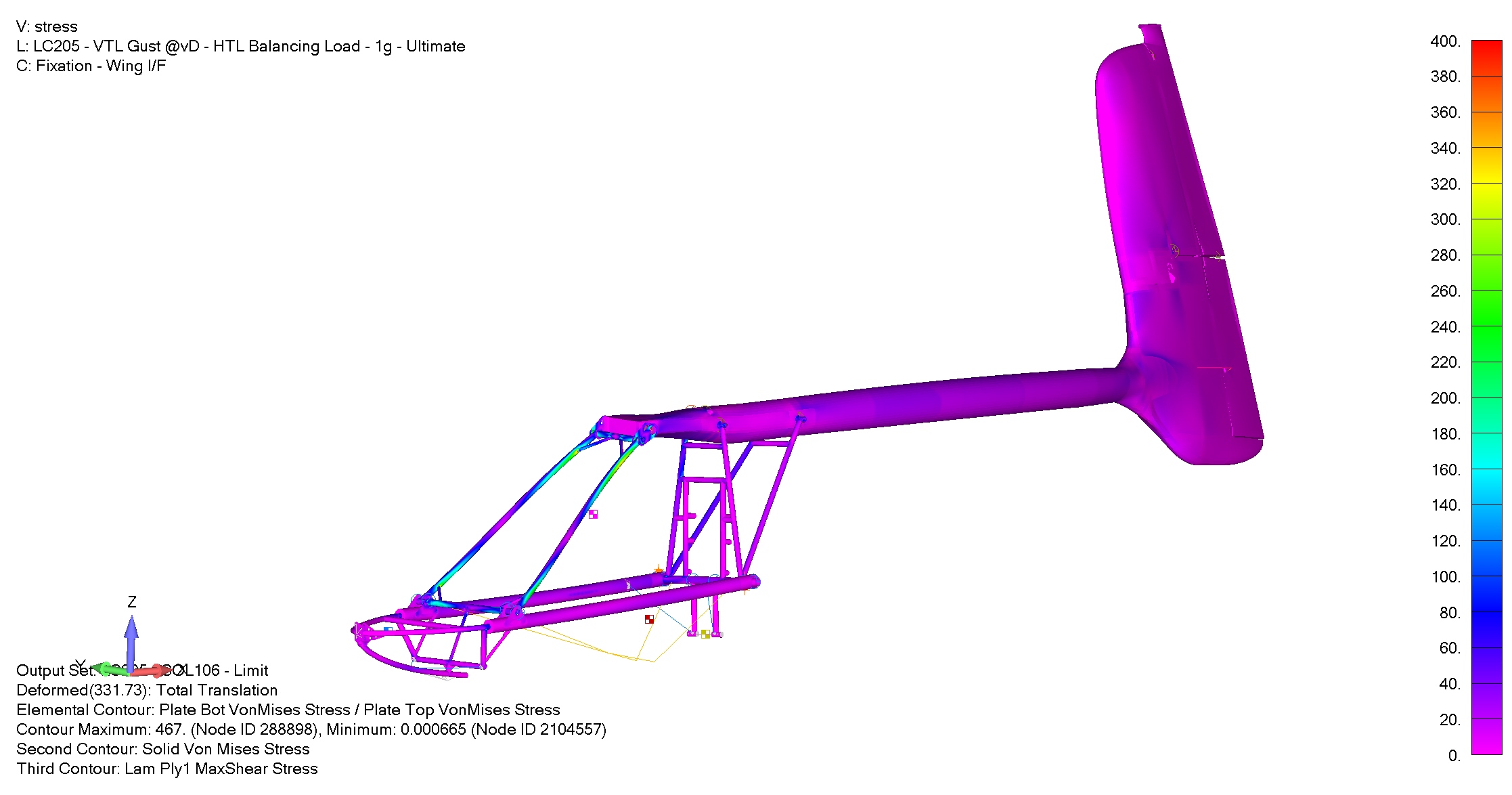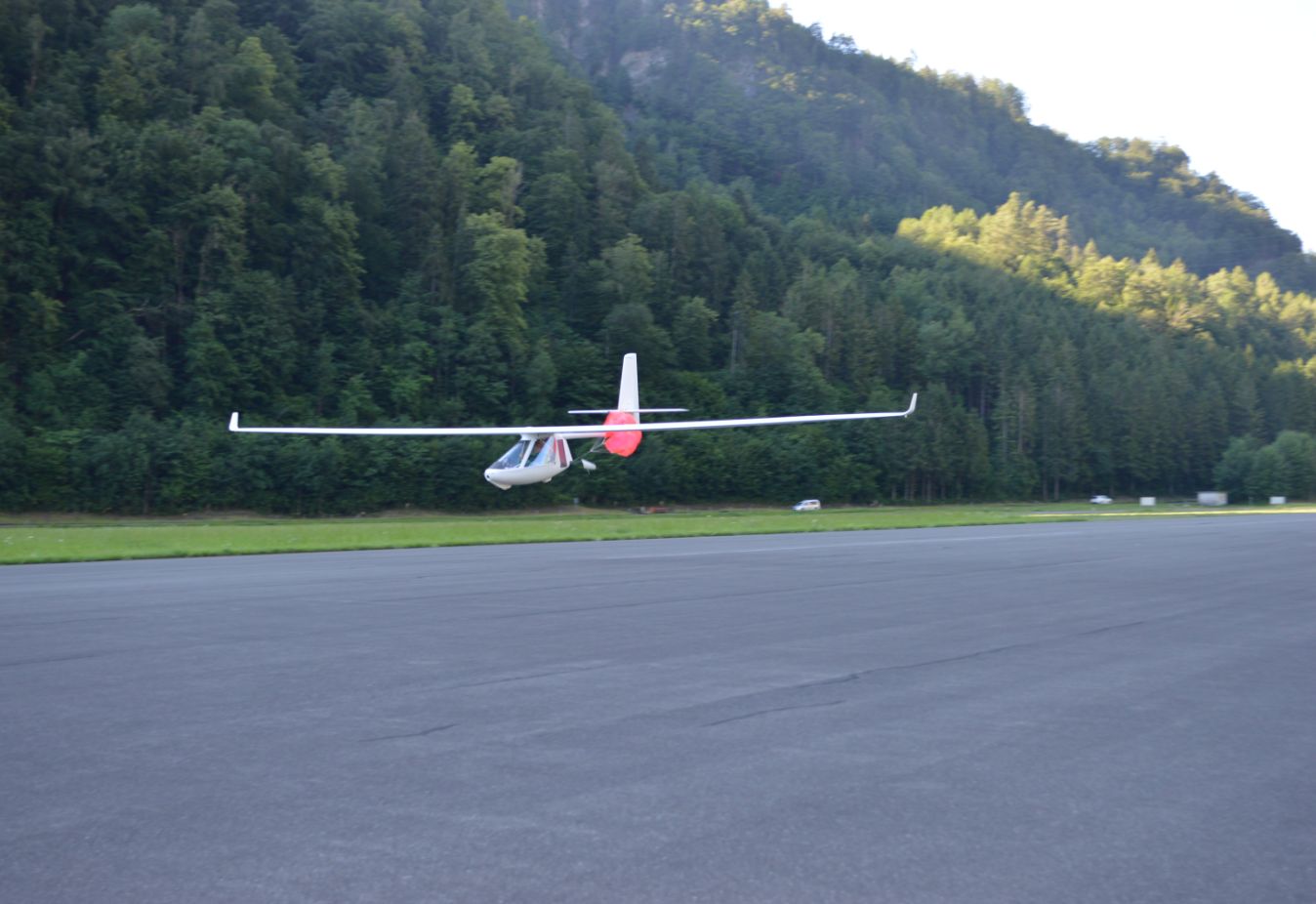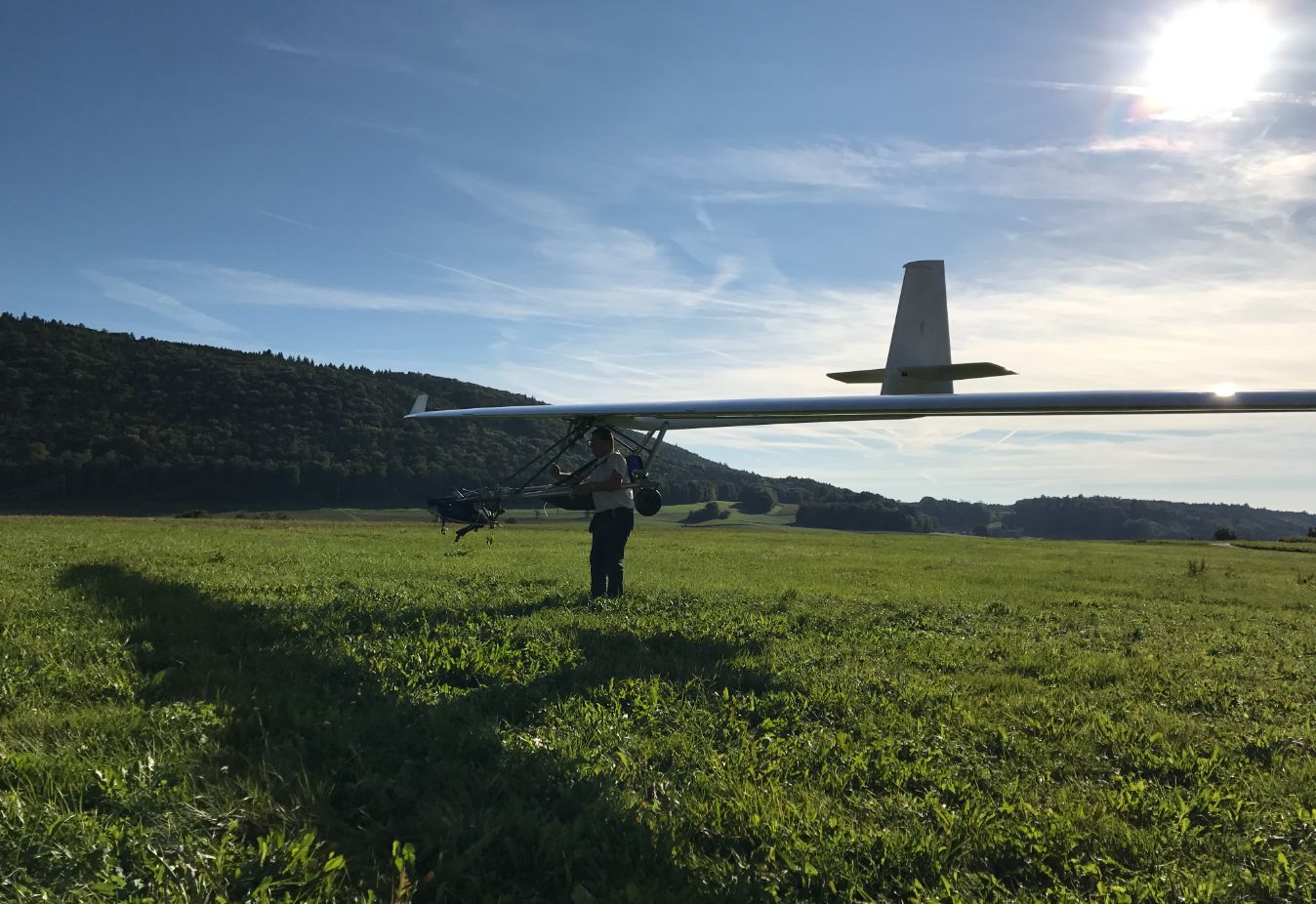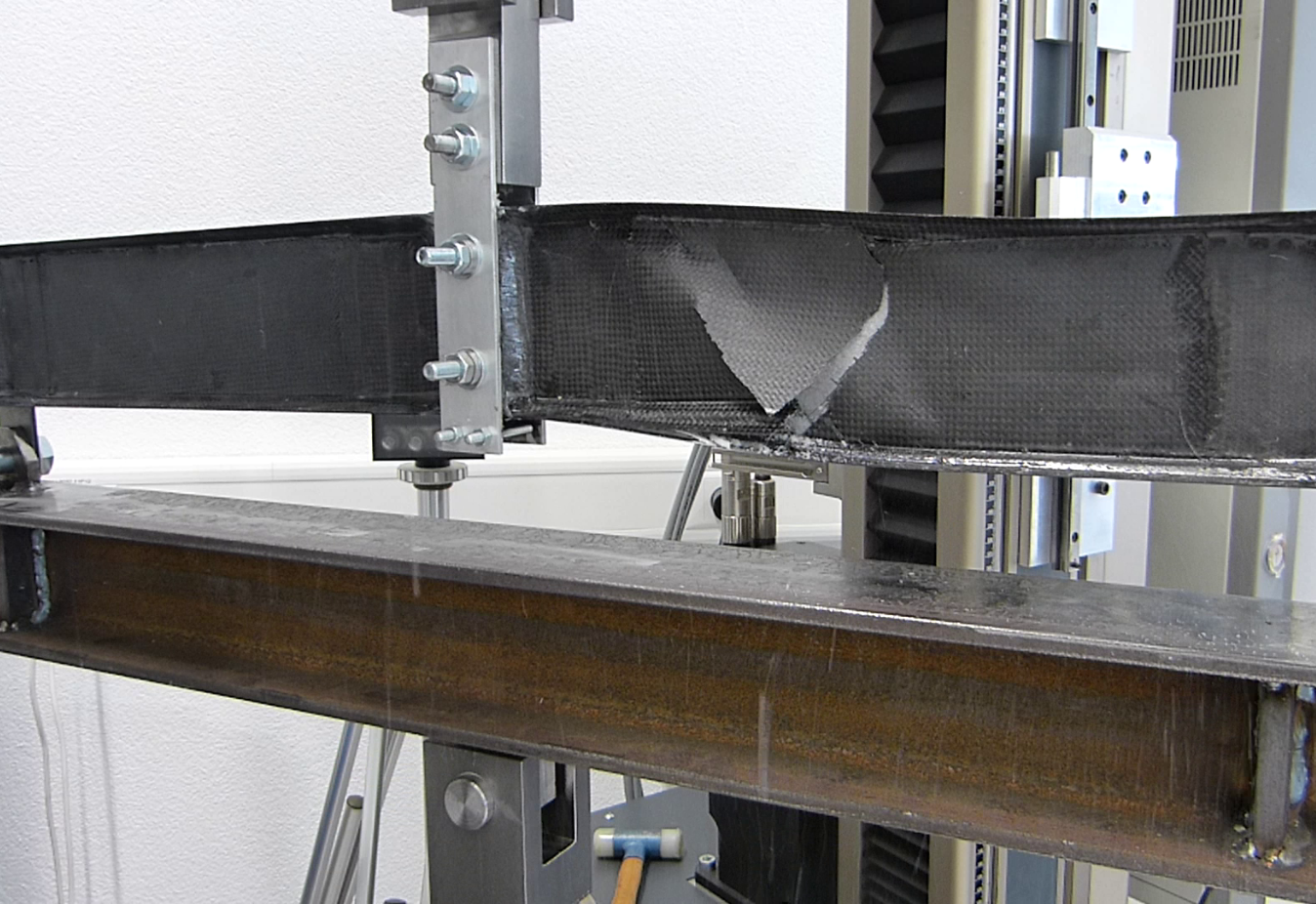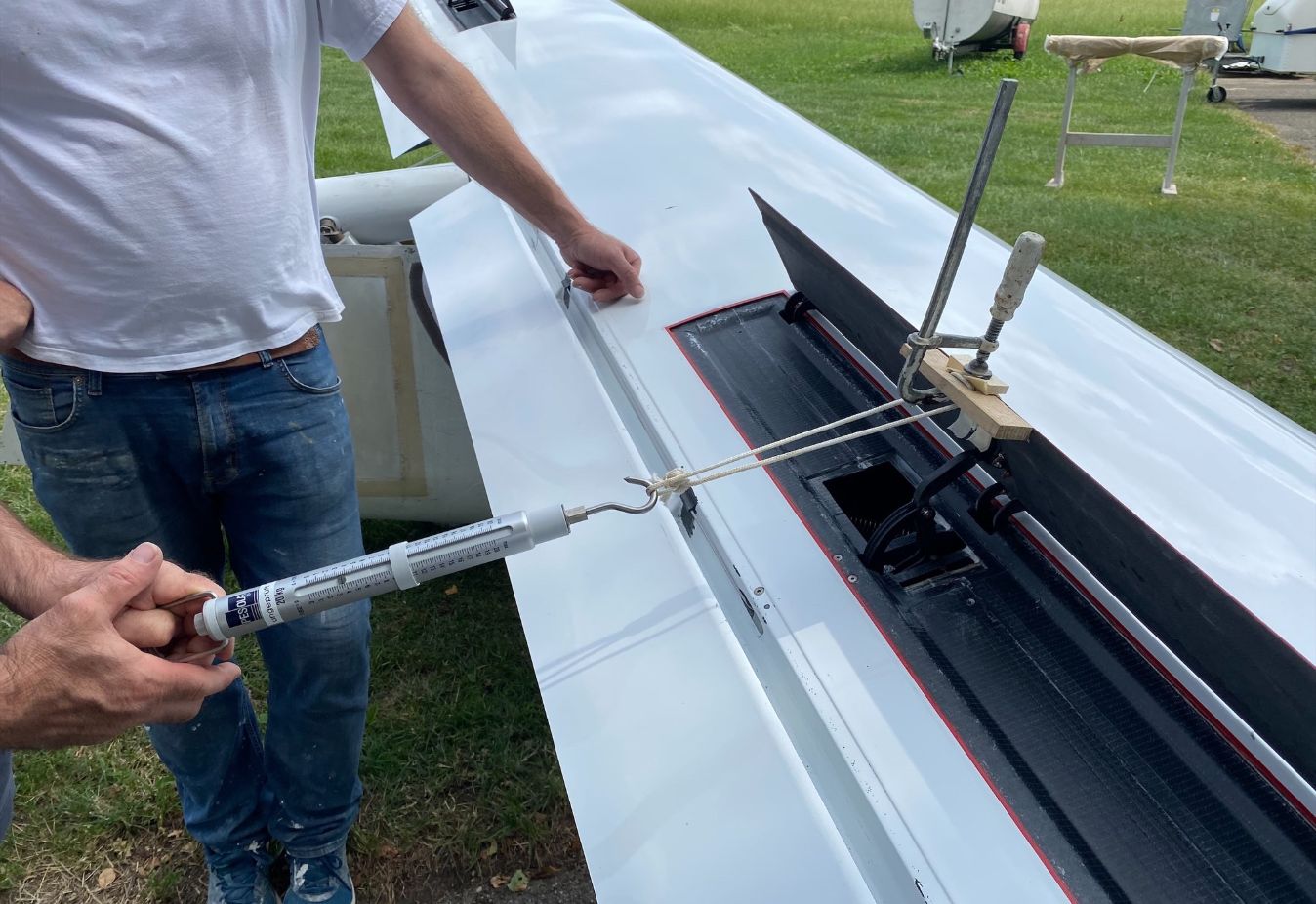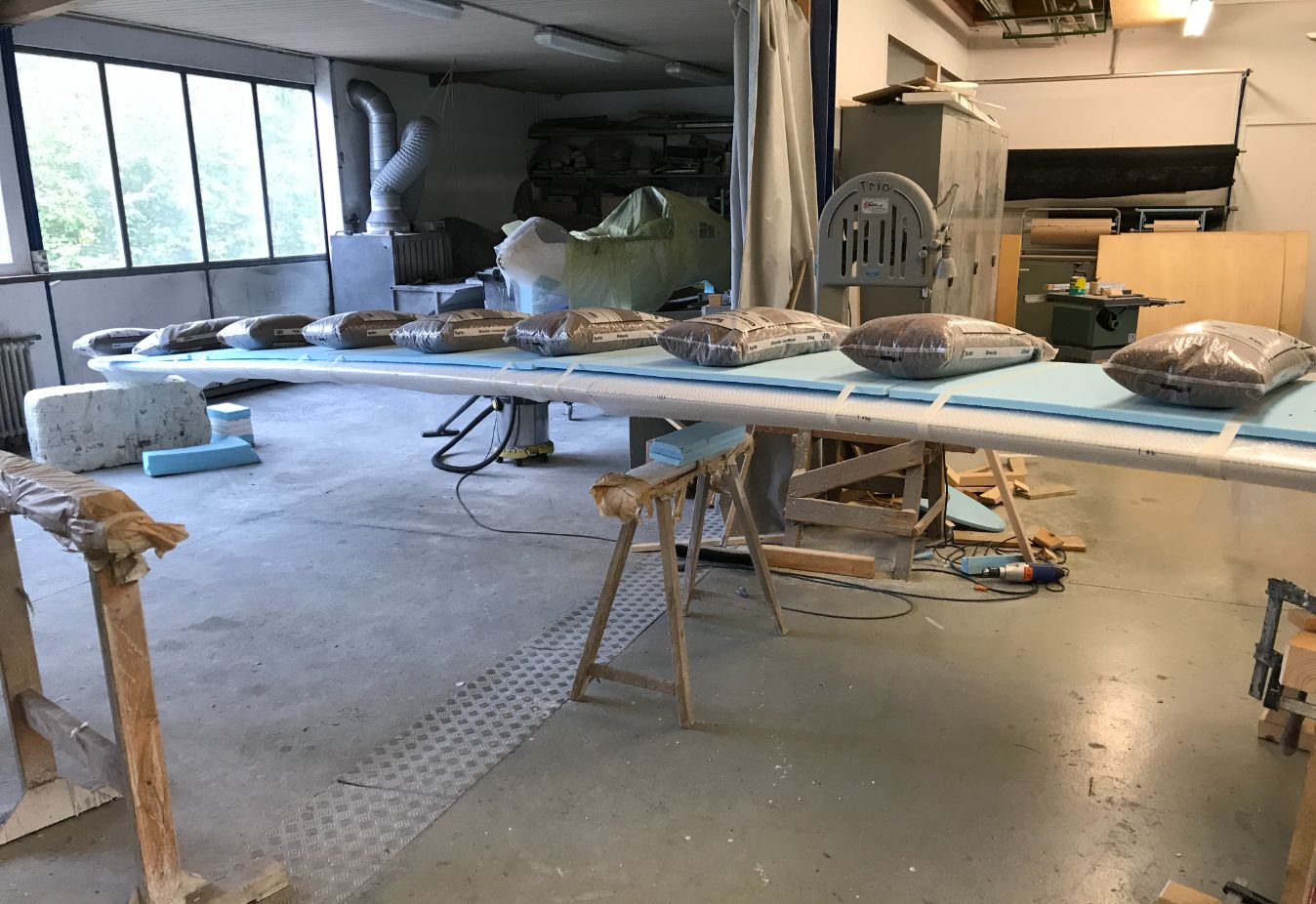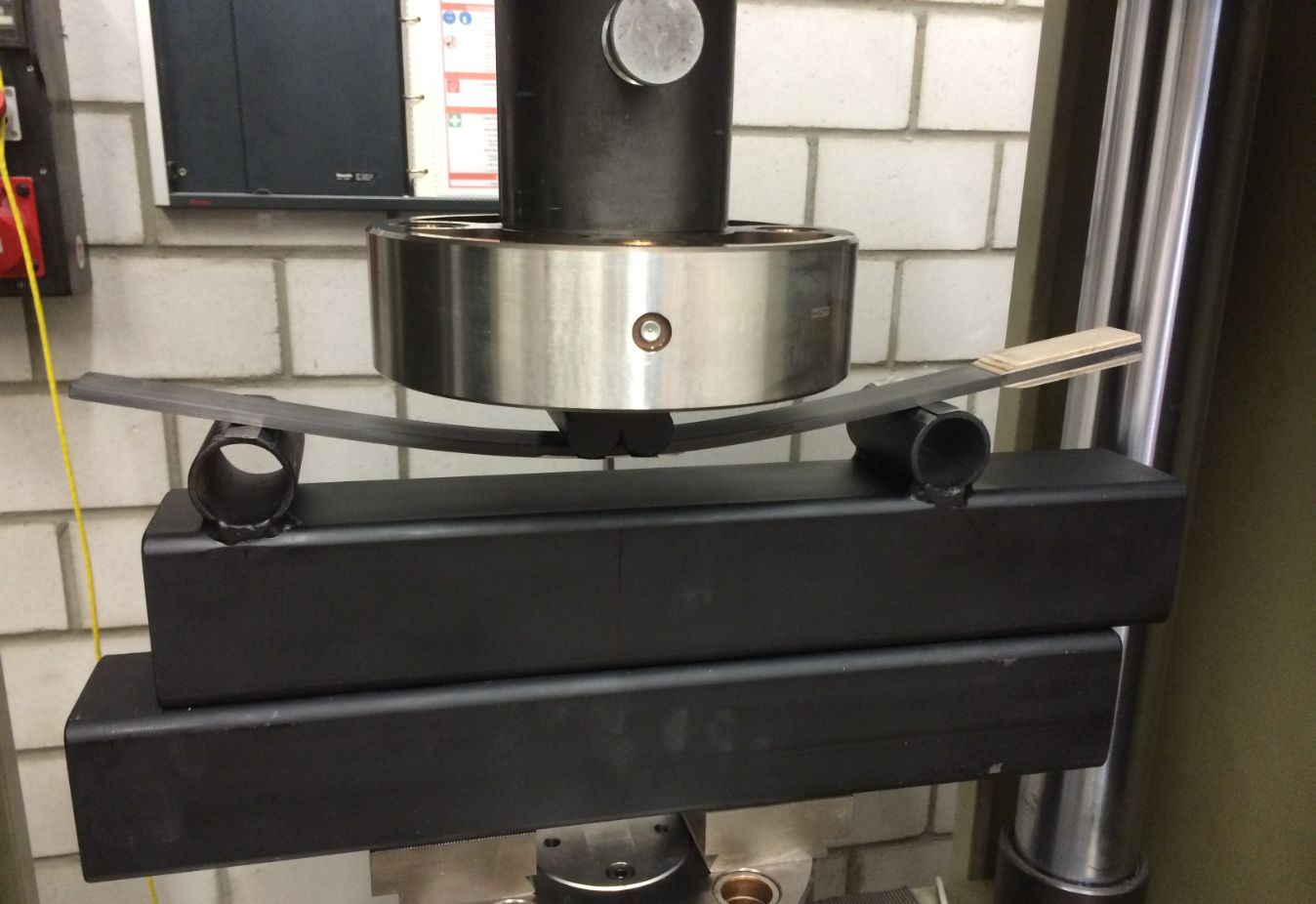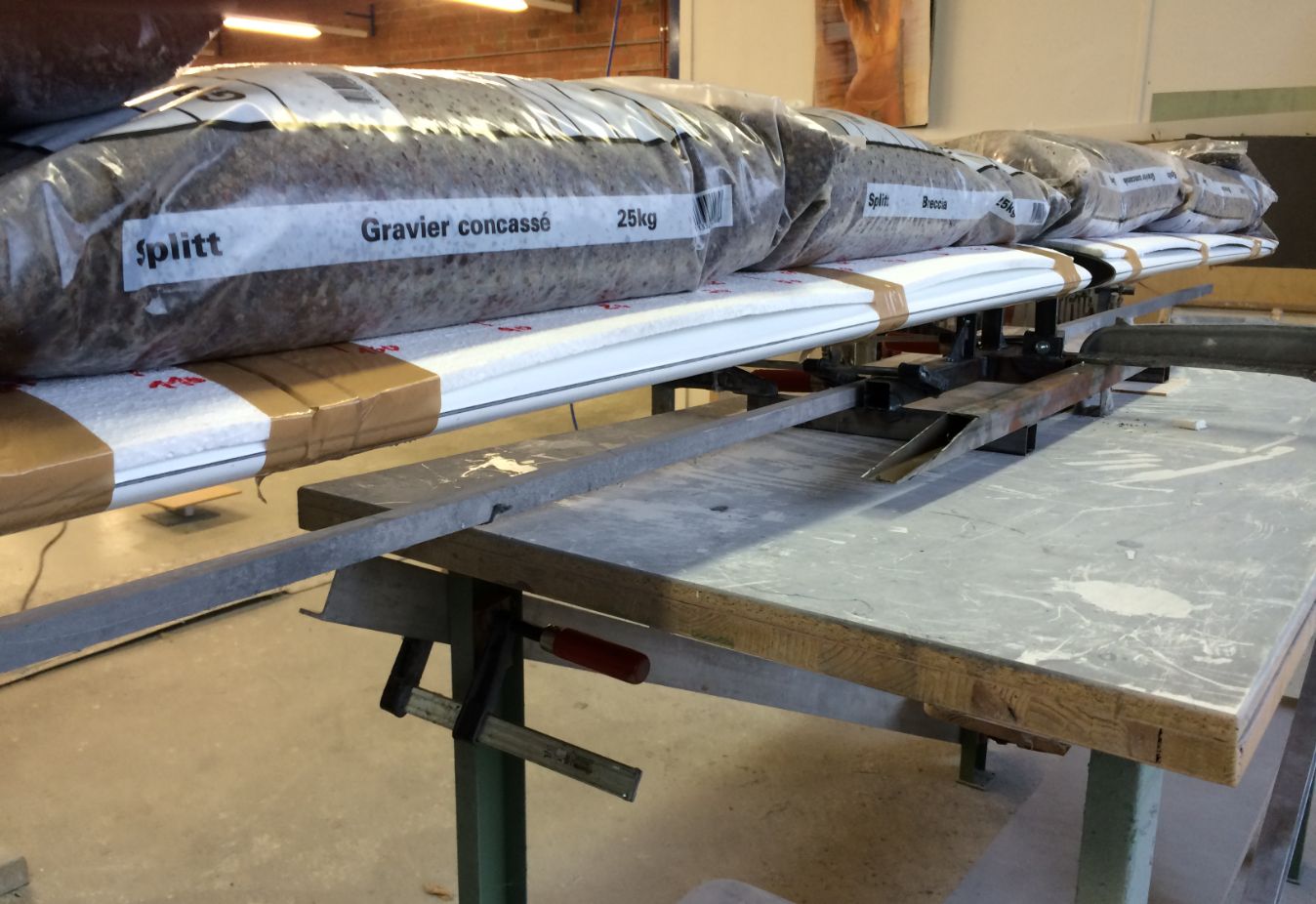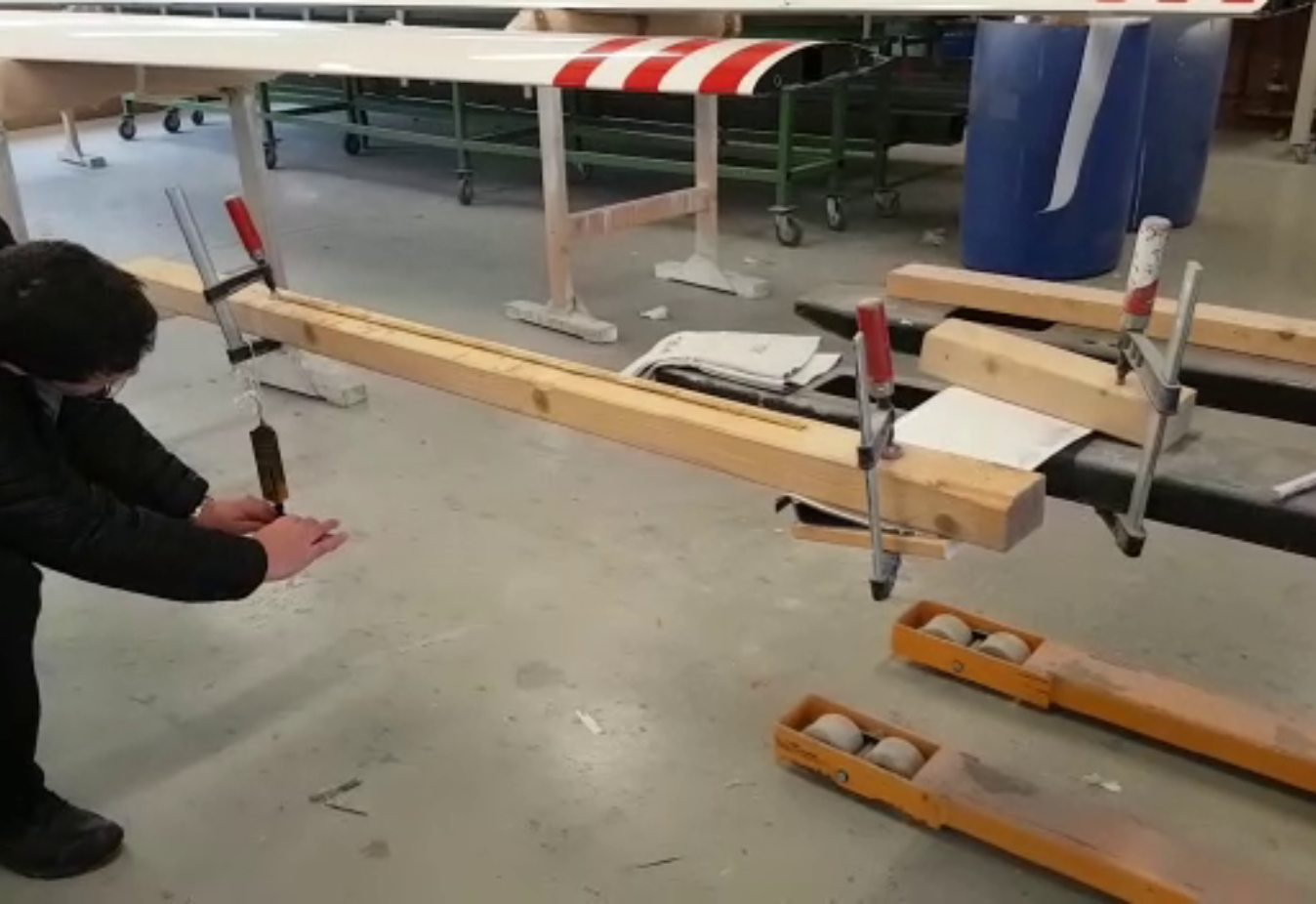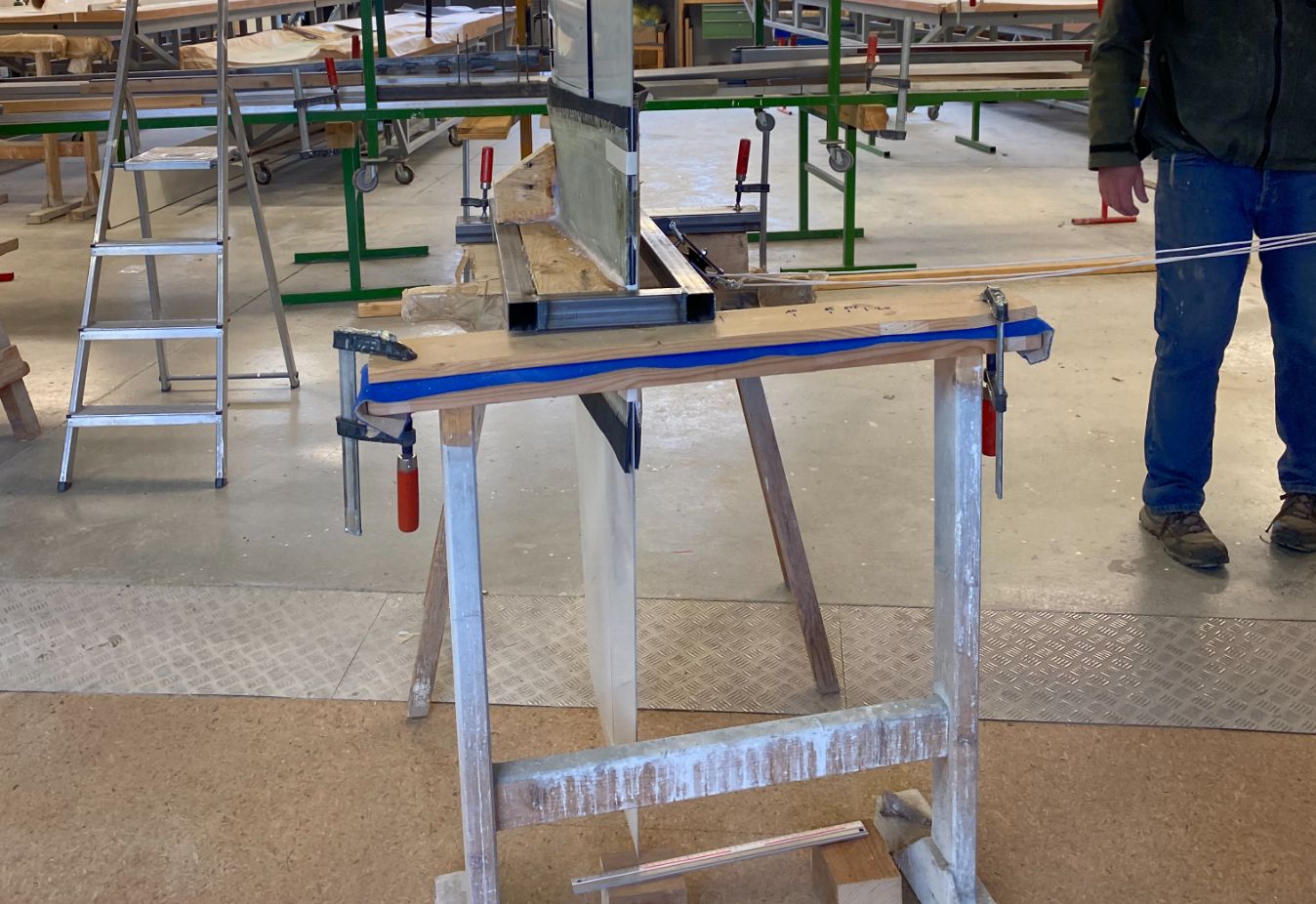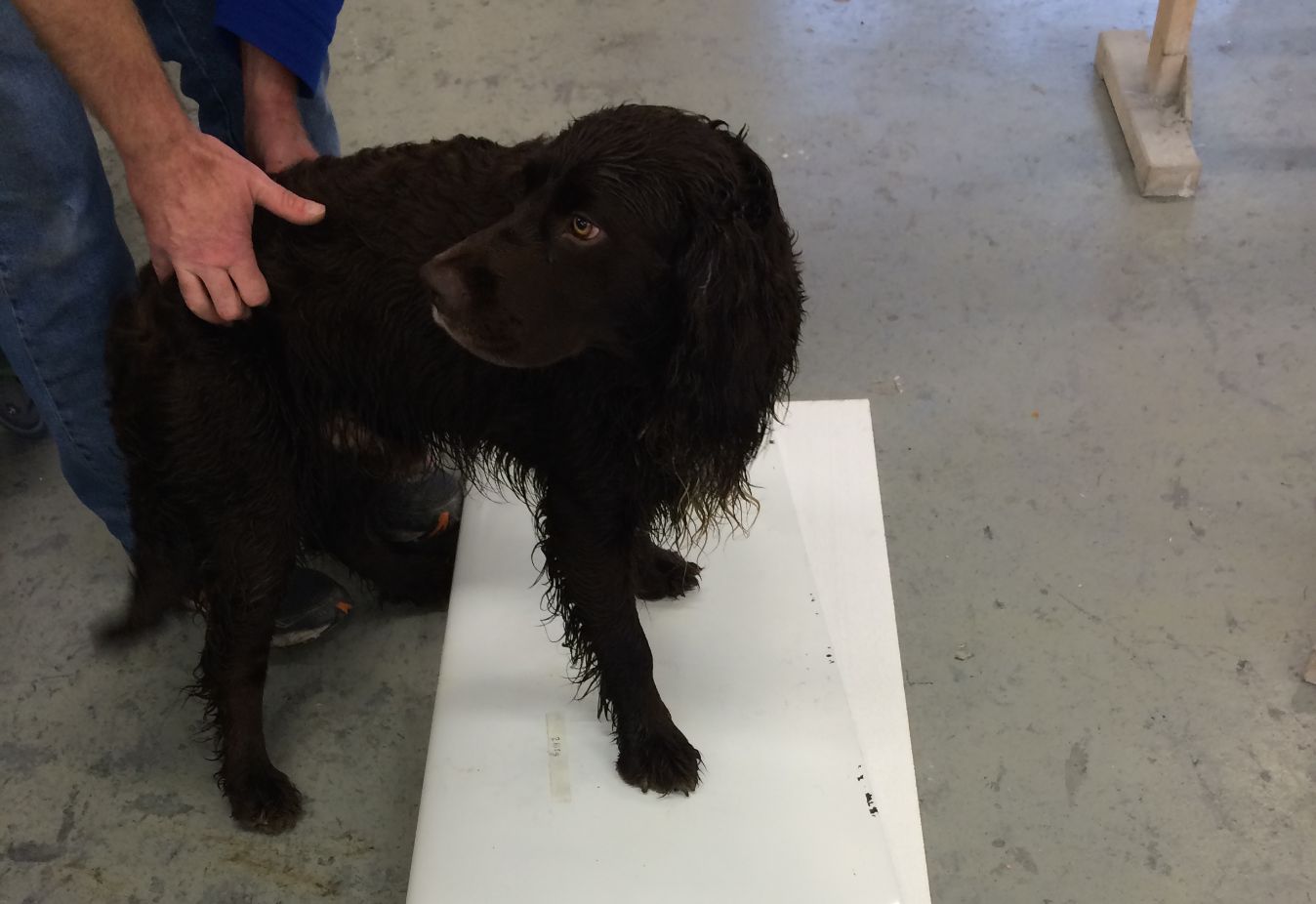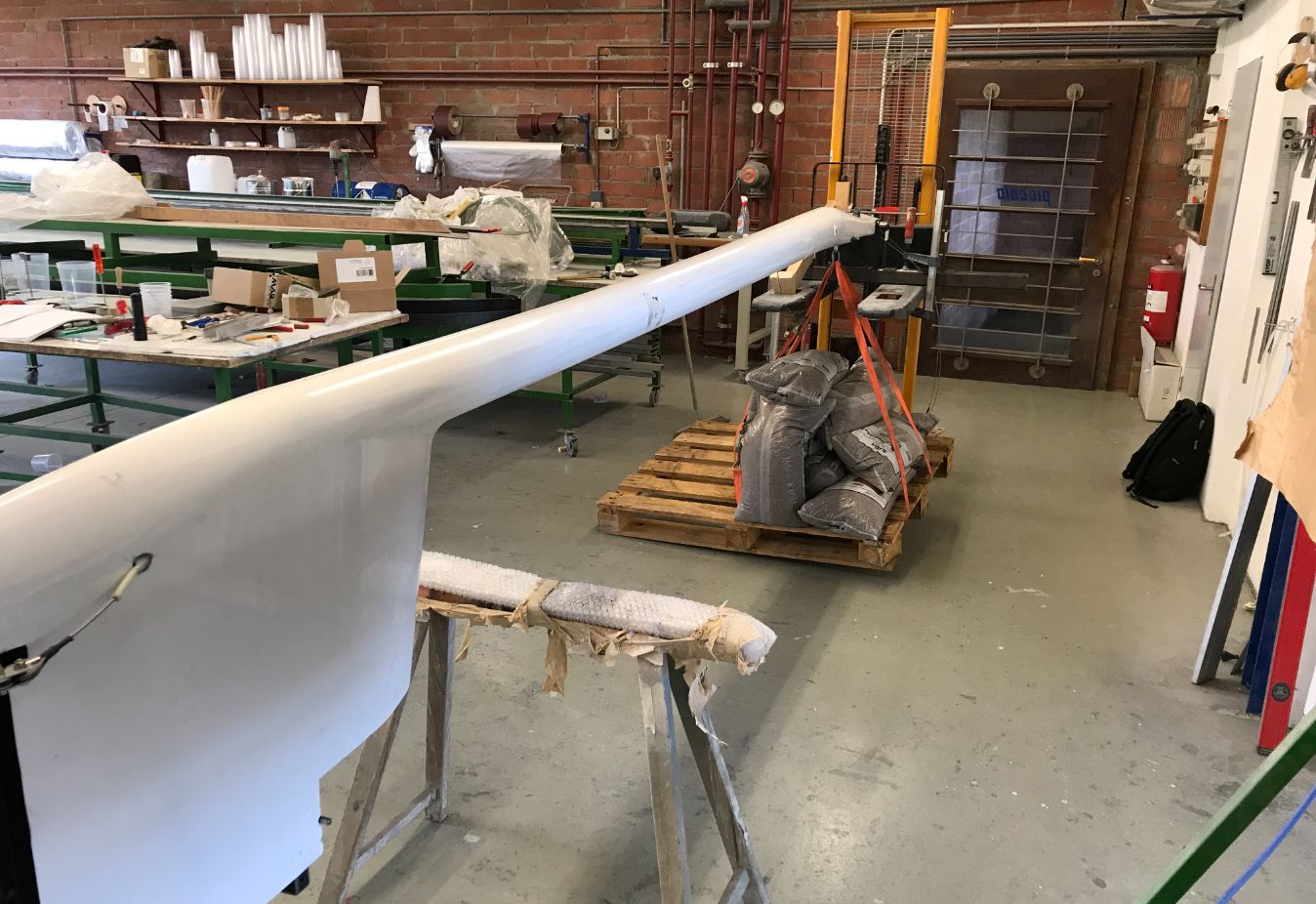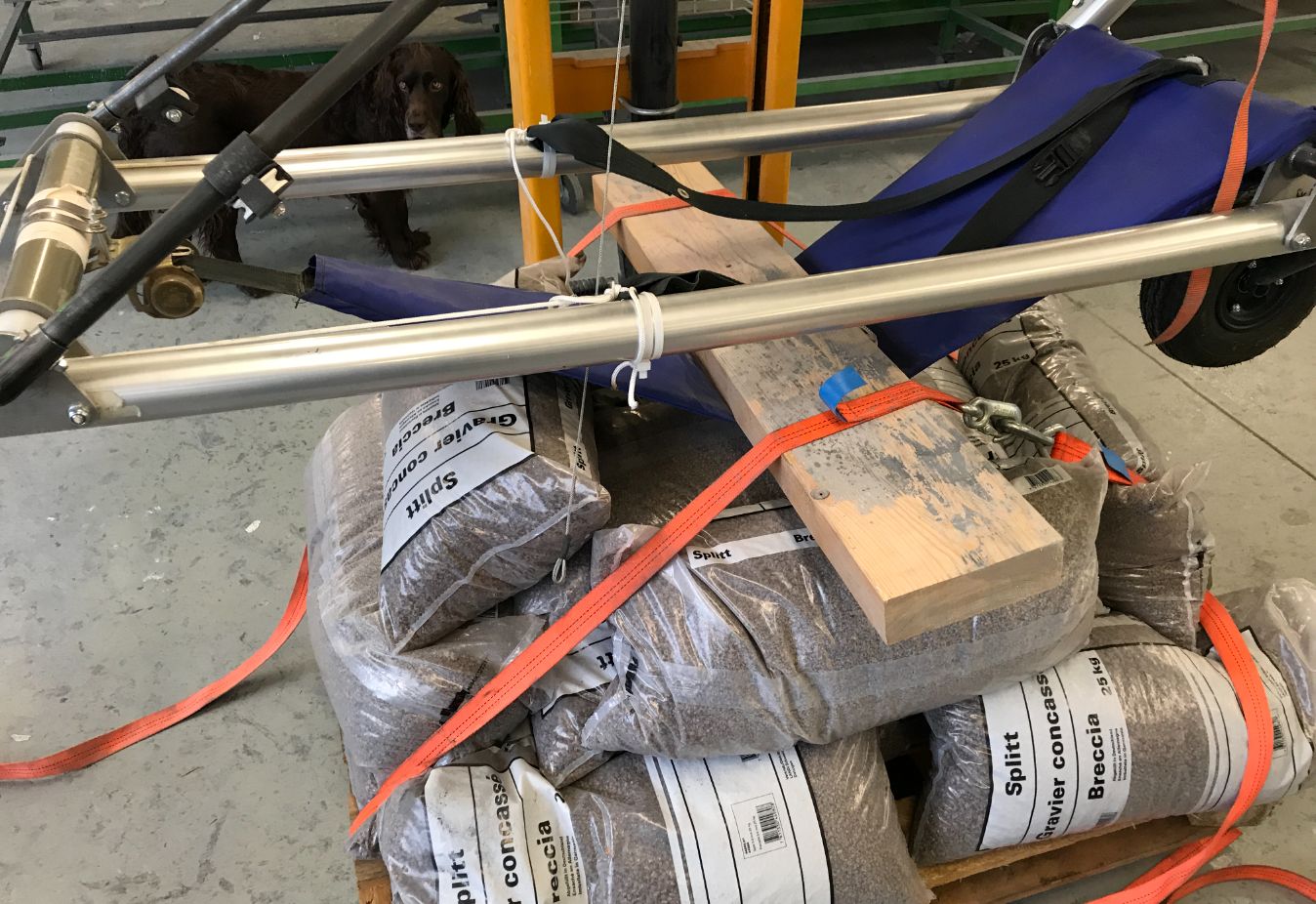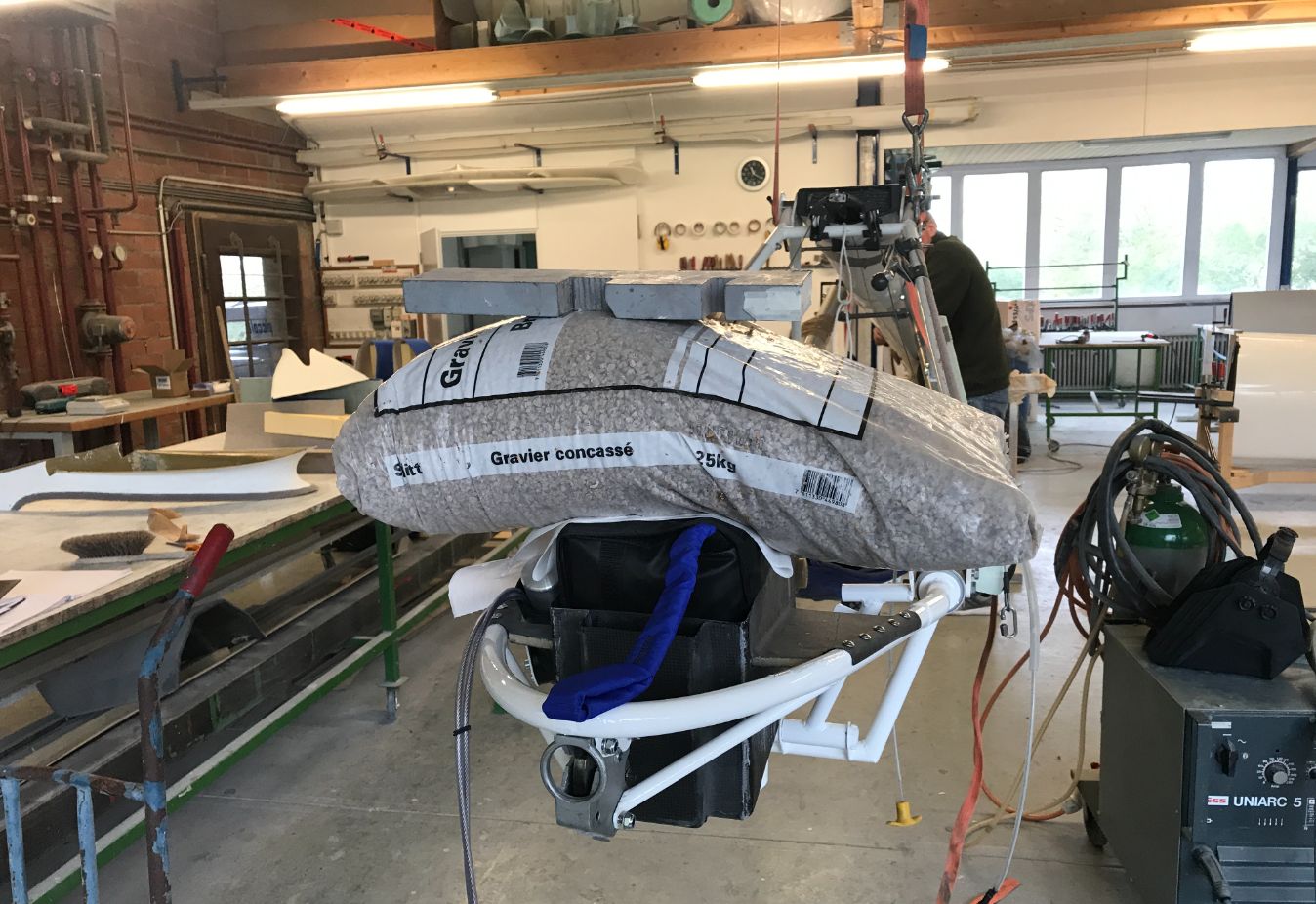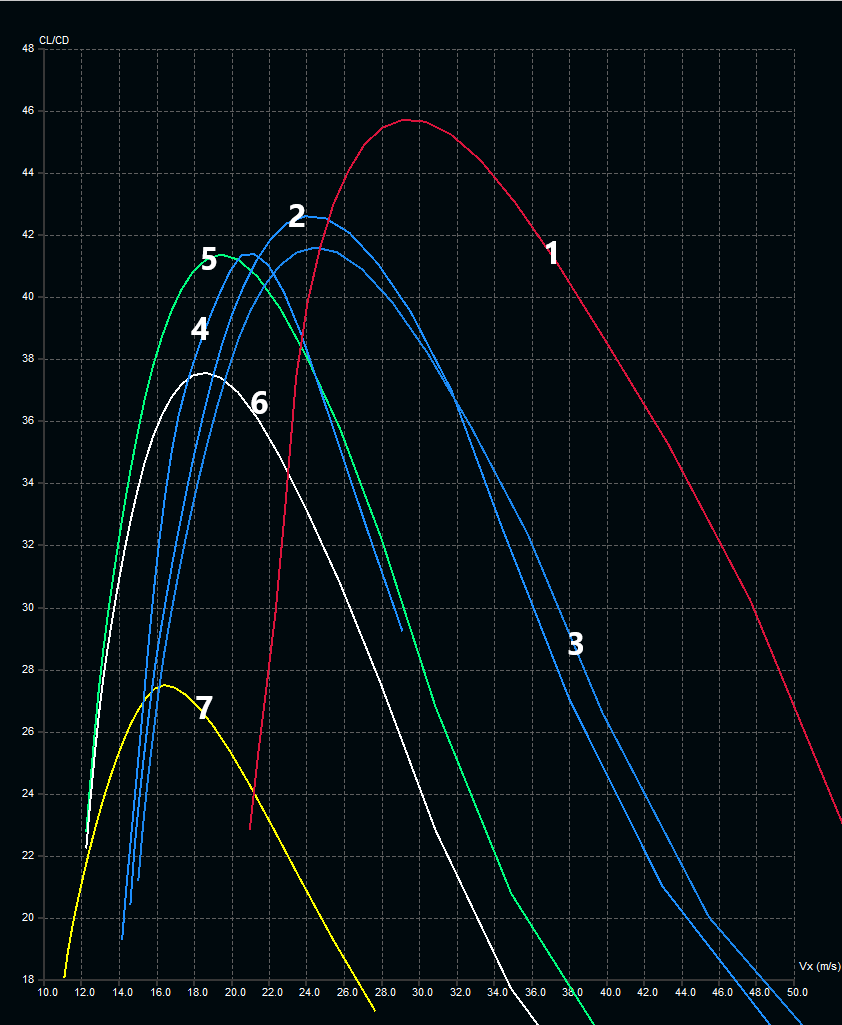1comet
ultra laminar microlift
ultra laminar microlift
ultra laminar performance
ultra laminar performance
*L/D = 43 for pure glider version with retractable gear 350 kg,
L/D = 41.5 for electric version with retractable gear,
L/D = 37 for foot-launch glider cabin with fixed gear, 165 kg
*L/D = 43 for pure glider version with retractable gear 350 kg,
L/D = 41.5 for electric version with retractable gear,
L/D = 37 for foot-launch glider cabin with fixed gear, 165 kg
Footlaunch version:
The 1comet is originally designed to be the highest performing foot-launched glider ever.
As a 15 m wingspan microlift with a thin, 13 % thick, laminar airfoil optimized for flaperons, 1comet outclimbs any other glider in narrow thermals. It offers an enormous cross-country flight potential, far above any other hang glider, comparable to a sailplane.
The calculated performances of the foot-launch version have been verified in the meantime in several calm air early morning flights. Thermal flights have shown good handling characteristics.


Electric version:
The low weight also makes it the ideal platform for electric flight. With only 30 kg of batteries, you can stay in the air for over 2 hours or climb more than 4000 meters.
The electric glider version with FES system can be loaded with up to 350 kg (MTOW including 100 L of water) and has a retractable gear. The foot-launch version comes with fixed gear.
Development
– The original aerodynamic design was carried out by the famous German aerodynamicist Dr. Martin Hepperle. Eric Rayymond, known for his solar airplanes («Sunseekers»), served as a consultant for the ultralight construction. Donat Bösch was responsible for the final structural and aerodynamic design, project management and financing. Donat graduated from ETH Zurich with a degree in engineering Dipl.Ing. ETH specialized in fluid dynamics and lightweight construction. Donat has over 5000 flying hours, including 500 hours on his 2 Swifts from Brightstar and Aeriane.
– The 1comet is also the result of thousands of hours of computer calculations. We have invested over 1 million swiss francs in CAD design (Siemens NX), FEM calculations (Siemens FEMAP with NASTRAN) and CFD calculations (Siemens STAR-CCM+) to optimize the design. These calculations were carried out by AeroFEM GmbH, a spin-off of Pilatus Aircraft in Switzerland.
– The first prototype was built by Martin Neukom (wings) and DG Flugzeugbau (tailboom and vertical stabilizer). Martin is an experienced composite builder who has also been repairing gliders for 30 years and knows all the solutions that work. His father already built the well-known Neukom gliders. DG Flugzeugbau is a certified German glider manufacturer.
– The first test flights by car tow were done by Donat Bösch. First flights by aerotowing to 1200m AGL were carried out by Sören Pedersen, a professional class 1 test pilot. Sören was also the test pilot responsible for the certification of the Jonkers glider in Europe. Sören found the 1comet performing well with agreeable flight characteristics.
– The first prototype flew well, but was too complicated to build. So we built a second prototype with some minor improvements in the aerodynamics, but with a modified structure. Proto no. 2 will be tested soon.
– In November 2023 Benjamin Meienberg joined the team. He studied aviation at ZHAW and has 10 years of experience in the field. Benjamin works full-time on the project to turn the prototypes into a sellable product. He already knew the project: when he worked for AeroFEM, he did the FEM analysis of the tail boom. He is an experienced glider and paraglider pilot.
Testing
Basic tests
Whenever possible, we choose proven design concepts. But most modern gliders with thin airfoils are not really light. Many of the latest 15 m sailplanes are in the region of 300 kg – empty! But our idea was not to build something that exists but something that is much lighter. To get reliable data for the design we built many basic specimens, shells and test spars. The data was used in our stress and stability calculations and to improve manufacturing.
- Pultruded spar caps. We use pultruded spar caps that can be loaded up to 2 times higher than conventional carbon spar caps used in most modern gliders. We compared our spar caps with specimens built out of prepregs and specimens built conventionally by wet layup.
- Gluing tests with different gluing methods
- Test spar. We built several test spars and tested them at the Fachhochschule Ost in Buchs. Some spars were built to check the maximum allowable shear strength, others to check maximum compression load of the spar caps.
- Last but not least: «dog» and crush test
Load tests
Prototype 1 was subjected to a complete load test. The loads were defined in accordance with LTF UL 2003 and applied to the wings, the tail, the control system and the cage with pilot fixation.
Climb performance – reasonable circling radius
The 1comet can outperform any other glider in thermals due to the low minimum speed and the incredibly low sink rate, which was measured at less than 0.5 m/s in straight flight. In calm air, on 8 o’clock morning flights, See You reported 0.6 m/s for circles at 35 degrees bank angle. Due to the flatter polar curve, the 1comet can circle steeper with a greater bank angle than hang gliders or paragliders.
Circling radius in meters for 50º bank
Glide performance
With a max L/D of 43, it is comparable to a good standard glider. With 100 L of water it’s also competitive to a standard glider at higher speeds.
– All of the above data is based on xfoil/xflr5 calculations. The difference in performance between the 1comet foot-launched version and the electric flight version is due to the higher wing loading and the lower cabin drag reduced by the retractable gear and modified shape. Flight tests with prototype no. 1 (foot-launched version) have shown good accuracy of the calculations. The CFD calculations also produced comparable results.
– For comparison, we have calculated the performance of a proven 15 m racing class glider and a 13.6 m microlift glider.
– The maximum L/D for the 15m high-performance comparison glider is specified by the manufacturer as 48. Idaflieg tests have shown an L/D of approx. 46. The performance calculations shown above were carried out under the same assumptions as for the 1comet, using the data that was available. The flap setting was not adjusted for speed. This glider was also used to adjust the parameters of the calculation model to determine the performance of the different 1comet versions.
– For the D-tube with fabric microlift glider, upper transition for calculation was fixed about 5 cm behind the D-tube end. The flap setting was not adjusted to the speed. Otherwise, the performance calculations were carried out under the same assumptions as for the 1comet, using the data that was available.
Data
1comet can be equipped with a ballistic parachute system.
L/D can be reduced to 7 by the airbrakes.
Construction: The glider needs to be sturdy and light with a perfectly smooth surface. Therefore all surfaces are made of carbon sandwich shells fulfilling the surface requirements for a high performance glider. We use the best high performance materials such as pultruded carbon spar caps tested to 2250 MPa.
The 1comet foot-launch version is designed to be flown as a “Hängegleiter” (Austria, Switzerland), “UL-Segelflugzeug” (Germany), “deltaplane classe 2” (France) and as a hang glider class 2 (USA).
The electric version is designed to be flown as a “Elektro-Hängegleiter” (Switzerland), a “Motorisierter Hängegleiter” (Austria), an “UL120 kg” (Germany), a “ULM classe 3” (France) and as a ultralight aircraft according FAR part 103 (USA).
We are currently checking to make the 1comet also fit in the UL-class.
Electric and pure glider version:
Footlauch version:
